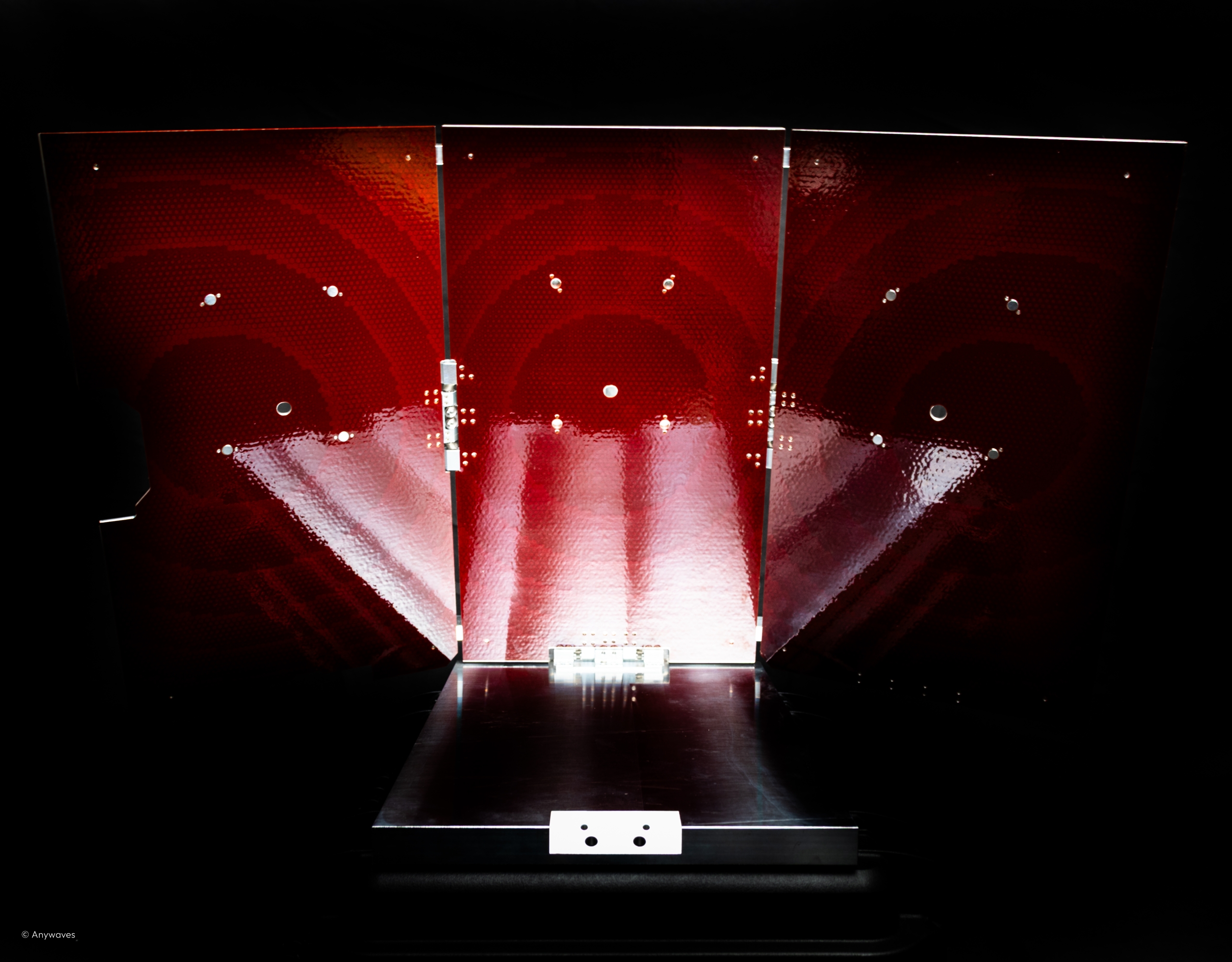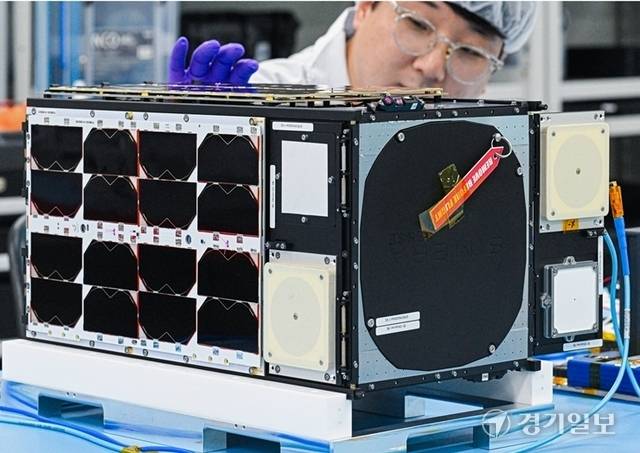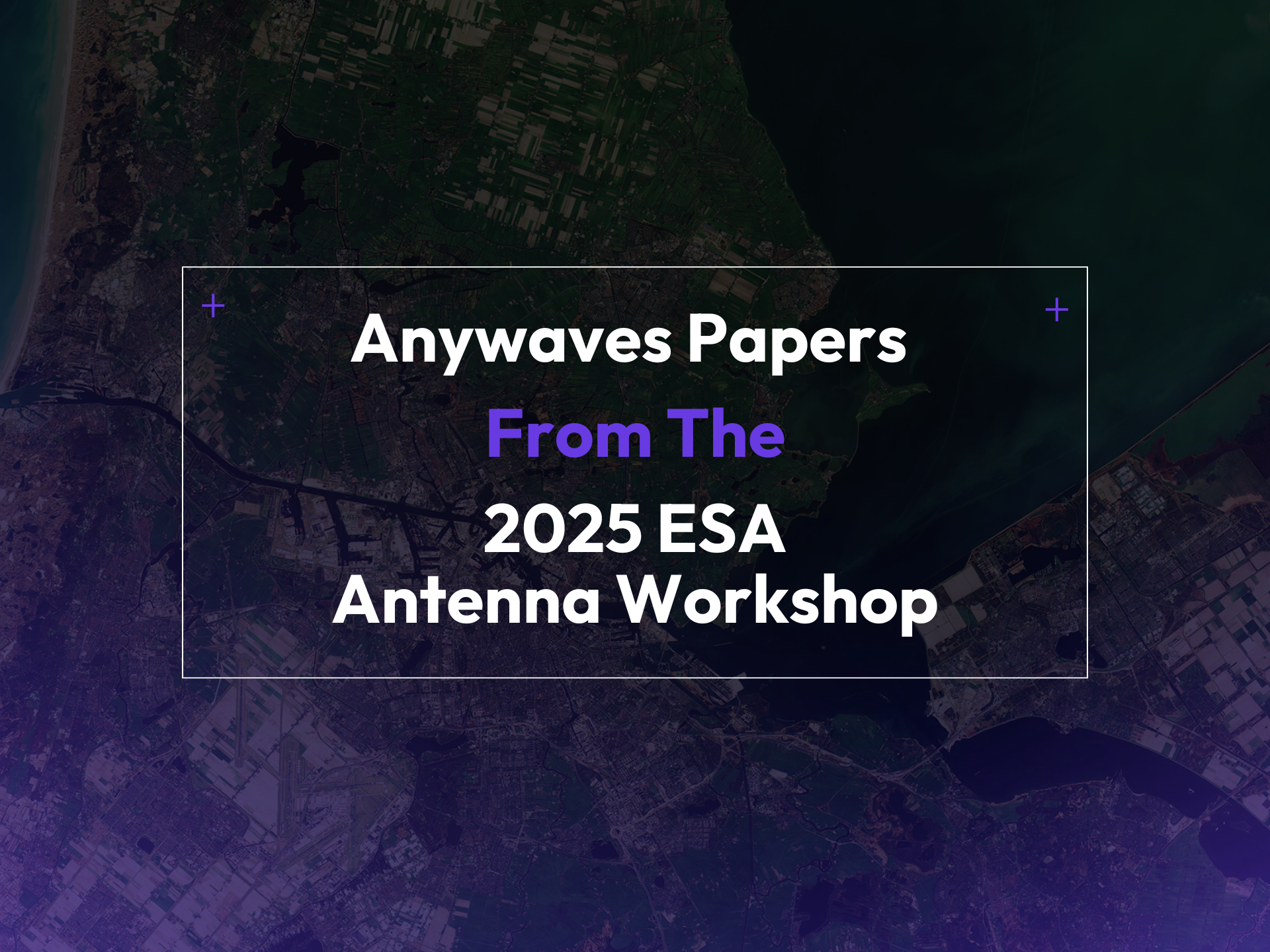Other news

Reflectarray Antennas for Small Satellites: From Concept to First Commercial Deployment
Read more
Case Study - GYEONGGISat-1: Enabling Climate Intelligence From Space
Read more
Launch vehicle antennas play a pivotal role in space missions, enabling essential communication, navigation, and telemetry functions. These systems serve as the primary link between rockets and ground stations, ensuring real-time data transmission and precise tracking throughout critical mission phases. Their performance is indispensable for monitoring vehicle health, maintaining trajectory accuracy, and supporting overall mission success.
Operating in some of the most demanding environments, these antennas must withstand intense vibrations, rapid temperature changes, and high aerodynamic forces during launch and reentry. The increasing adoption of reusable rockets, like the CALLISTO demonstrator, has introduced new challenges, requiring antennas to maintain durability and reliability over multiple missions.
This article examines the key functions of launch vehicle antennas, their historical development, and the challenges posed by reusable systems.
Launch vehicle antennas enable real-time communication with mission control. Telemetry systems transmit vital information, such as:
S-band antennas (2.2–2.29 GHz) are central to telemetry systems due to their balance of data rate, range, and reliability. These antennas not only support telemetry but are also integral to safety systems. They enable termination commands, triggering the rocket’s self-destruction if it deviates from its designated path, ensuring the safety of people and assets on the ground.
GNSS antennas are indispensable for tracking the launch vehicle’s position and trajectory. Using signals from constellations such as GPS and Galileo, these systems provide:
For high-dynamic vehicles, GNSS receivers must handle rapid accelerations, rotations, and signal interruptions, requiring sophisticated algorithms and multi-antenna setups.
Rockets are exposed to extreme mechanical loads during the launch. Vibrations can exceed 20 g, with additional shocks generated during stage separations and engine ignitions. To endure these forces, antennas are constructed using high-strength materials such as ceramics, metal alloys, or carbon fiber composites. Design considerations include securing the antennas firmly to prevent damage or misalignment during flight.
The rapid transition from the ground through the atmosphere to near-space subjects launch vehicle antennas to temperature swings ranging from -120°C to +360°C. Thermal management systems often include coatings, heat sinks, or specialized thermal shields that protect the antennas from these extremes. For reusable vehicles, where antennas must survive multiple cycles, thermal protection is further enhanced with robust materials and innovative heat dissipation techniques.
Communication and tracking systems rely on specific frequency bands:
Antenna engineers must balance gain, bandwidth, and efficiency to ensure that signals are transmitted and received without distortion, even in the presence of rocket engine noise or atmospheric interference.
The placement of antennas on the launch vehicle must minimize aerodynamic drag and preserve the launcher’s structural integrity. Conformal antennas, which integrate directly into the launcher’s surface, are increasingly preferred. This design approach not only improves aerodynamic performance but also reduces the risk of physical damage during high-speed flight.
Launchers antennas have evolved significantly since the dawn of space exploration. Early rockets featured basic communication systems designed to handle limited telemetry data. Over time, the increasing complexity of missions, coupled with advancements in technology, has transformed antennas into sophisticated systems capable of supporting high-bandwidth communication, precise navigation, and multi-mission flexibility.
The early days of rocketry, marked by pioneering missions like the launch of Sputnik in 1957, saw the use of rudimentary antennas. These systems focused on basic telemetry, transmitting limited data about the rocket’s health and trajectory. Antennas during this era were typically:
Given the expendable nature of early rockets, these antennas were not designed for durability beyond a single mission. Materials and designs prioritized functionality over optimization, with minimal concern for environmental resilience.
As space missions grew more ambitious, the demands on communication systems increased. The Apollo program and subsequent efforts in satellite deployment required antennas capable of transmitting larger volumes of data, including telemetry, video, and scientific measurements.
Key developments during this phase included:
The 21st century brought a new wave of innovation driven by the demands of reusable launch vehicles, high-speed telemetry, and multi-payload missions. Modern launch vehicle antennas are engineered to provide:
The development of reusable launch vehicles, such as SpaceX’s Falcon series and the CALLISTO demonstrator, has introduced new challenges for antenna designers. Unlike traditional expendable rockets, reusable systems must maintain antenna performance across multiple launches and reentries.
Reusable rockets undergo cumulative wear and tear, including thermal cycling and vibration exposure. Antennas must retain functionality over multiple missions without requiring frequent replacement. Advanced materials and modular designs are essential to address these challenges.
Reusable vehicles often experience fast roll rates and changing orientations during reentry, which complicates maintaining a stable communication link. Phased array antennas or retro-directive systems are being developed to address this by enabling real-time beam steering, ensuring the antennas remain locked onto ground stations despite dynamic movement.
During reentry, reusable launchers encounter high atmospheric pressures, humidity, and potential exposure to corrosive elements. Protective coatings and environmental sealing are used to mitigate these risks, ensuring long-term reliability.
One of the primary motivations behind reusable launchers is cost reduction. However, ensuring that antennas can survive multiple missions without costly replacements presents a major challenge:
Testing launch vehicle antennas ensures they perform reliably under extreme conditions. These tests validate the antennas’ ability to handle vibrations, shocks, thermal fluctuations, and electromagnetic environments throughout a mission.
Reusable rockets demand additional reusability-specific tests:
Finally, field tests, including drop tests and prototype launches, validate performance in real-world conditions. Together, these rigorous tests ensure that antennas meet the reliability and durability demands of both expendable and reusable launch vehicles.
The CALLISTO program, a collaboration between CNES, DLR, and JAXA, is a reusable launcher demonstrator aimed at developing technologies for future European rockets. Antennas provided by ANYWAVES play a critical role in ensuring communication, telemetry, and navigation throughout CALLISTO’s missions, addressing the unique challenges of reusable systems.
ANYWAVES implemented several key innovations to meet CALLISTO’s demands:
ANYWAVES delivered flight-ready antennas for CALLISTO after rigorous testing, proving their durability across launch, reentry, and refurbishment cycles. The success of these systems demonstrates the viability of advanced antenna technologies for reusable launchers, paving the way for future innovations in the field.
The evolution of launch vehicle antennas reflects the increasing complexity and ambition of modern space exploration. Far from static components, these antennas are dynamic, highly-engineered systems that form the backbone of reliable communication, telemetry, and navigation for rockets. Their role has expanded from simple data relays to sophisticated systems capable of enduring extreme mechanical, thermal, and environmental conditions.
The development of reusable launch vehicles, as highlighted by the CALLISTO program, showcases how antenna technology must adapt to meet new operational paradigms. Innovations such as thermal shielding, conformal designs, and advanced beam steering are driving the capability to reuse hardware without compromising performance. These advancements demonstrate how antennas are integral not only to mission success but also to the economic sustainability of space operations.



If you have any question, we would be happy to help you out.